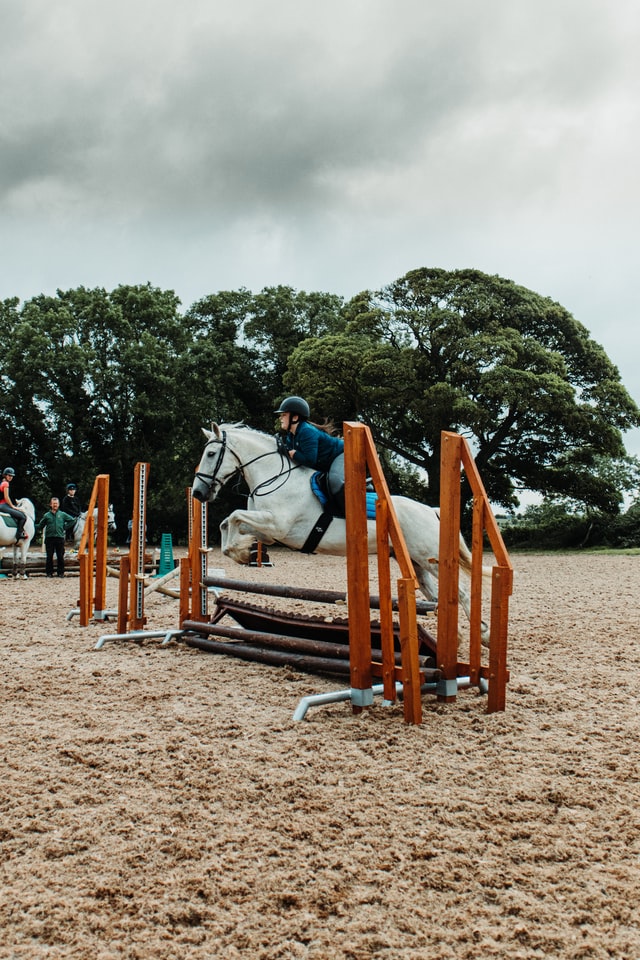If you’re looking to rent a jump for your barn, you can buy them unpainted or used. Many jump companies rent their equipment to significant events and turn over their inventory at the end of a season. By purchasing used equipment, you can save a considerable amount of money. You can also buy unfinished poles and standards if you’re creative in your painting skills.
Wood
Wooden wing standard horse jump is the most commonly used jump in the horse jumping industry. While a few companies manufacture brand-new jumps, many others rent them to significant events. After a season, these companies turn over their inventory, which may leave some of their jumps unfinished. This makes for an excellent opportunity to save money on jumps while still having a significant quality jump. You can get unpainted standards and poles for a great price, and you can even get them for free if you are creative with your painting skills.
New vinyl material is being introduced into the industry, solving the problems of wood and PVC. The new material is heavier, allowing it to be routed and shaped. The material also cannot splinter or crack, so it is a more durable option than PVC. But poly lumber is not for everyone. Poly lumber, which is used in decking houses, is also available for horse jumps. It benefits from being versatile in design, so you can use it to create any jump you want.
PVC
There are two main wing standards for horse jumps wood and PVC. Wooden wing bars are generally heavier than PVC, so they are less likely to be thrown around when hit. On the other hand, PVC wing standards are lighter but also require more maintenance. Wooden wing bars are better for teaching horses to respect the rails and offer unlimited colors. A new competitor in the PVC horse jump markets its jumps through tack shops, where consumers can inspect samples for themselves.
These poles are typically 8 feet long and oval. They are made of PVC, so they don’t roll, but they can be painted if you wish. They can also be used to grow plants, including plastic ones. They are available in different colors and are treated for the weather. If you decide to paint the poles, make sure to do this before installing them. They can be placed between two standards or on top of each other.
Wooden pallets
The wooden pallets are a common component of horse jumping structures. They’re made of different wood species, from softwoods to hardwoods. The types of wood used for pallets vary from Southern pine to Pennsylvanian oak to tropical hardwoods. Wood pallets can be used for both wings and gates. To use wood pallets as horse jumping structures, break them down into sections and fill them with sand. Before using them as horse jumping structures, check them for protruding nails or splinters that could cause injury.
These wooden pallets are widely available and can be used for various projects. Some of these projects may be DIY projects, and others require professional services to build them. Pallet wood is commonly used in furniture, dog houses, and even horse jumping structures. Unfortunately, wooden pallets are also standard for horse jumping and often require cutting, where accidents happen.
Vinyl
There are several brands of vinyl wing standards in the horse jumping industry. Many are made from wood and PVC, but a new material can solve many of these problems. For example, a new material called poly lumber is used to produce decking and trim on houses. Its advantages over wood and PVC are that it is easier to install, can take any shape, and can be colored to match various horse jump designs.
Wooden jumps are the traditional choice for the horse jump industry. However, wood is not suitable for everyone. PVC jumps are made from polyvinyl chloride (PVC), a durable and maintenance-free material. While PVC jumps require a higher initial cost, they are also lightweight and do not require painting every few years. They are also easier to assemble and take down than their wooden counterparts.

